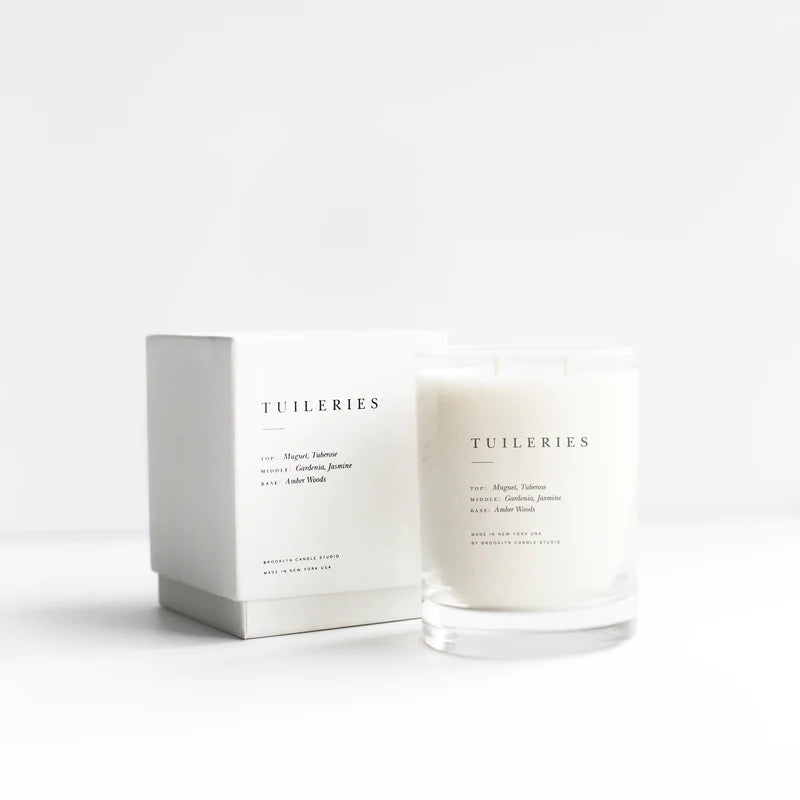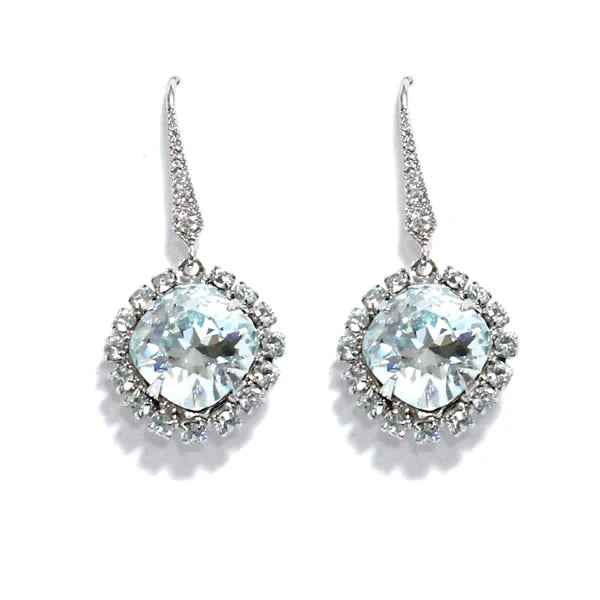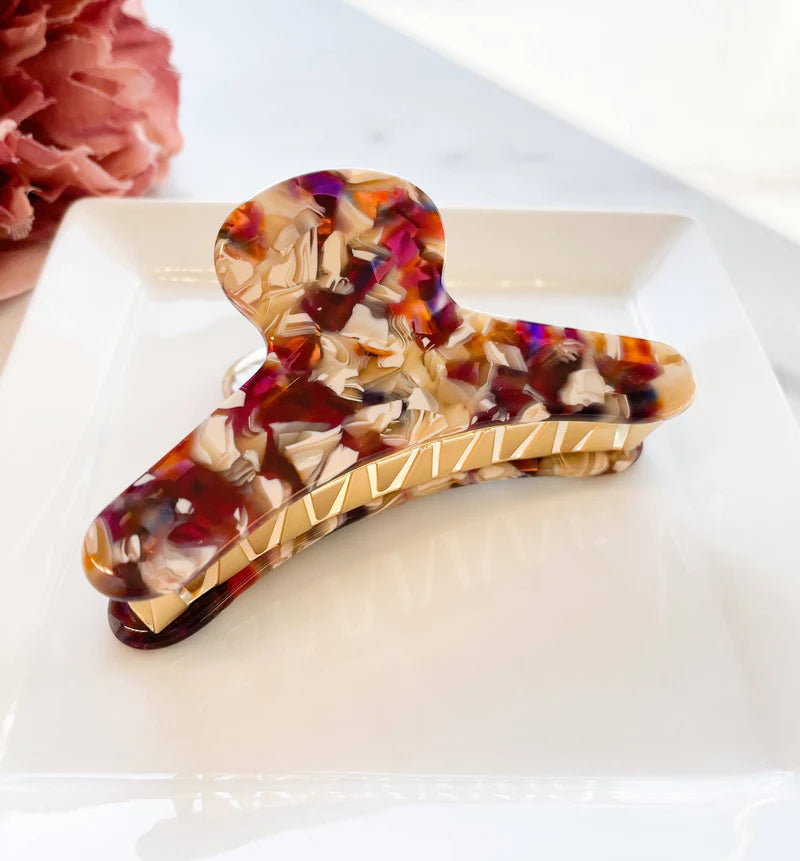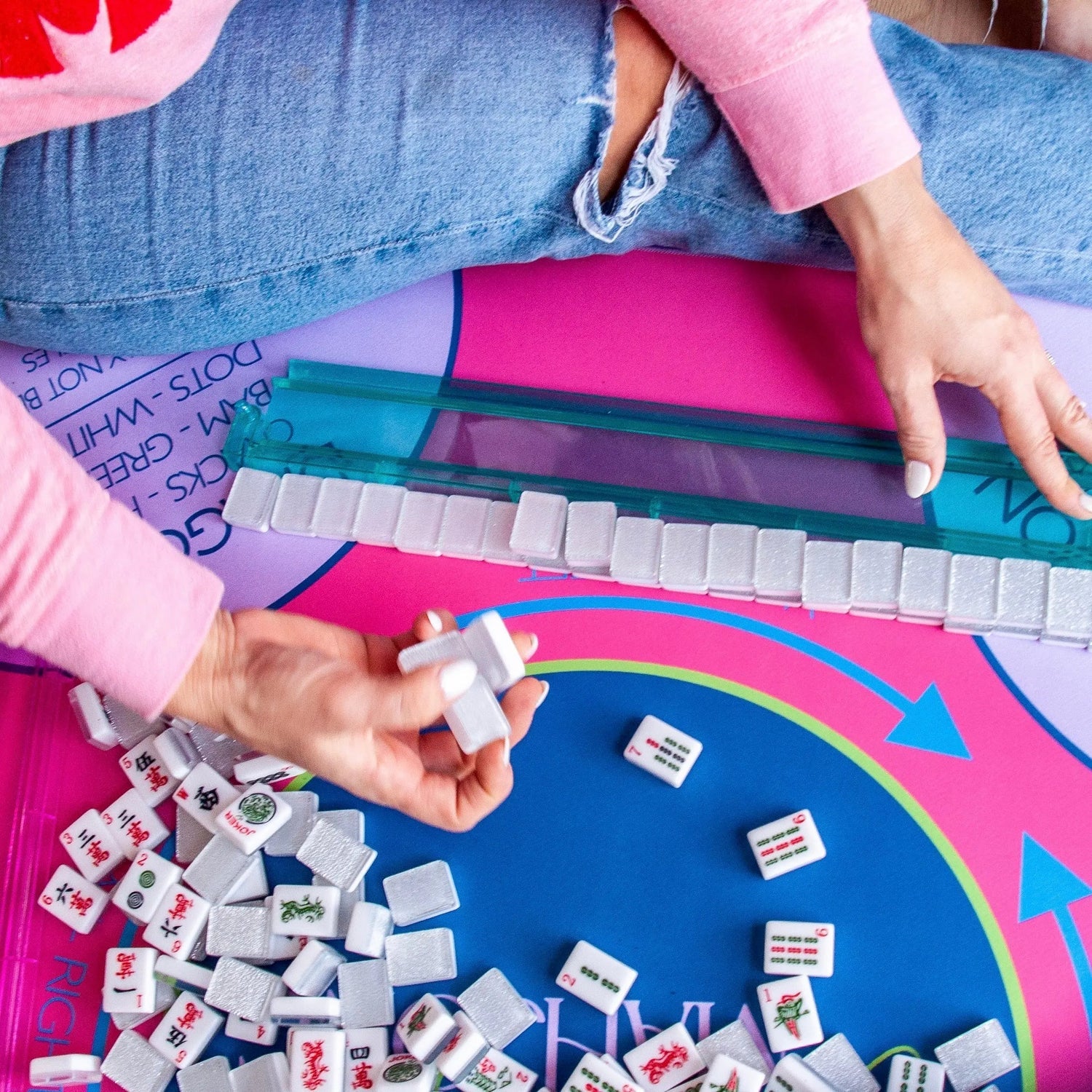This is usually where people come to ask me questions, but this time, I enlisted the help of Tami Hiroaka of Fresi Travels to give us some travel tips and destinations for every season!
Feeling burnt out from the daily grind? Escaping to a new destination away from it all can just be what you need to recharge and rejuvenate. Traveling is a transformative experience that exposes us to different cultures, ways of life, and perspectives. It allows us to escape our current lifestyle briefly and dive into other cultures' lifestyles.
With 195 countries, the world is a big and beautiful place. While you could escape to places you've been to and love, such as Hawaii, the Caribbean, Europe, or wherever your go-to spot is, doesn't it feel like you're missing out on experiences in other places you could be having?
Like you, we want the best experiences in our limited free time. If you travel to the same place every year, perhaps it's time to try something different. Travel should be an opportunity to immerse yourself in new cultures and create memories that will last a lifetime. (Empathy)
With Tami Hiraoka's help, we've come up with four places you can escape to, one location for each season. In this post, we'll explore the top picks for Summer and Fall!
For the Summer season...
Peru

Going to Peru during the Summertime is the best time to go! The months of May to July, which is typically our Summertime, is Winter time in Peru. You're looking at daytime temperatures in the mid-60s and nighttime temperatures in the mid-'30s, so bring a jacket for those cold nights! During this time, it is the dry weather in Peru also, so that you won't be getting hit with rain, which means you'll be able to take in the beautiful sights of Peru!
Sleep In An Ancient Palace - Belmond Palacio Nazarenas

Located in Cusco, Peru, Palacio Nazarenas is a stunning example of the fusion of Inca and colonial architecture, offering guests a unique and unforgettable experience in one of the world's most historic and beautiful cities.
The hotel was originally constructed in the 16th century as a palace for Inca aristocrats. Later, during the colonial period, it was converted into a convent for the Dominican Order of the Catholic Church.
In the early 1900s, the property was acquired by the Peruvian government and used as a public school until the 1970s. In the 1980s, the building was abandoned and fell into disrepair.
In the early 2000s, the property was acquired by Orient-Express Hotels, now Belmond Ltd., and underwent an extensive restoration and renovation project. The aim was to preserve the historic architecture and features of the building while transforming it into a modern, luxury hotel, which it is today!
Not only does this hotel have a beautiful view, but the hotel offers many luxurious experiences.
Afternoon Tea

Enjoy an alfresco afternoon tea in the secret garden of Palacio Nazarenas.
A butler will be on hand to select fresh herbs and make them into an aromatic fusion to be savored with local delicacies. Includes unlimited tea infusions, petits fours, and mini sandwiches.
Herbal Baths

Enjoy an exquisite soak in your bathtub with a specially prepared blend of essential oils and aromatic herbs. Your butler is on hand to prepare your bath for a time to suit you in the comfort of your room. So feel free to relax as you sink into bliss and wash all your troubles away.
Cooking Classes

Learn the secrets of Peruvian cuisine and its delicious and unique ingredients! You'll master the art of local specialties, such as quinoa, tubers, alpaca meat, and much more!
Travel The Amazon In Style - Aqua Expedition
The Amazon River is the largest river in the world by volume, stretching over 4,000 miles through South America. It is home to an incredibly diverse ecosystem, containing over 3,000 fish species and thousands of other animal and plant species. The river plays a vital role in the region's economy and culture, providing transportation, food, and water for millions of people.
Now going through the river and exploring sure sounds exciting, but at the same time, scary. That's where Aqua Expeditions comes in!

Aqua Expeditions is a luxurious way of traveling the Amazon River while getting a great experience. With an exclusive 1:1 crew-to-guest ratio, you'll be personally attended to during your expedition, and all personal preferences and dietary requirements are noted. Each experience is curated to each guest’s abilities and interests, which makes no two experiences the same!

The top deck features amenities, including a jacuzzi, an indoor lounge and bar, and an outdoor observation deck. The top deck is perfect for relaxing and mingling with other passengers!

In the dining room, guests also savor the best Peruvian cuisine with a comprehensive dining menu created by Pedro Miguel Schiaffino, one of Peru’s most accomplished chefs known for using produce and ingredients from the Peruvian Amazon.

On board, 16 suites with floor-to-ceiling windows give guests a full view of the Amazon’s majestic river and rainforests. Wake up every morning to the beautiful scenery; maybe you'll see a monkey or dolphin from your room!

With small-group excursions of no larger than 12 conducted by highly-experienced naturalist guides, guests can experience first-hand the most fulfilling, life-enriching wildlife encounters from an Amazon discovery cruise deep in the Amazon rainforest.
Take In The Sights of Peru - Andean Explorer
Peru is filled with historical places and beautiful things; however, it can be hard to make time to see all those places. The Andean Explorer, however, makes this possible.

The Andean Explorer is a luxury train that travels through the Peruvian Andes, connecting Cusco to Puno and Lake Titicaca, and takes passengers through the rugged Andean landscape, passing through mountain villages, deep valleys, and high-altitude plains. Since its launch, the Andean Explorer has become one of South America's most popular and iconic train journeys. It has won numerous awards for its luxury and comfort.
The Andean Explorer is not just a train journey but an unforgettable experience that will take you through some of the most stunning landscapes in the world.

From the comfort of your luxurious seat, you can take in breathtaking views of the snow-capped Andes, ancient Inca ruins, and the beautiful Andean highlands.

In addition to the stunning scenery, the Andean Explorer offers a range of amenities and services that will make your journey even more enjoyable.

You can indulge in delicious gourmet meals prepared by expert chefs using local ingredients, sip on fine wine or cocktails, and relax in comfortable seating while enjoying live music performances and entertainment.

What's more, the train offers various stops along the way. This allows the passengers to enjoy the stops, explore the charming towns and attractions of the region, and take in the culture presented there. The train will stop at the UNESCO World Heritage Site of Raqchi, the Sistine Chapel of the Andes in Andahuaylillas, and the Uros floating islands on Lake Titicaca.
For the Fall season...
Japan

Many people like to go to Japan during the Spring for cherry blossom season. While that is possible because everyone goes during Spring, it gets way too crowded around that time, so all you can enjoy is cherry blossoms. Fall has beautiful foliage and is a better experience if you want to take in the sights and enjoy the scenery without being bombarded with tourists.
Two things that I would recommend brushing up a bit on before going to Japan are
1. Learning how to use the metro system
2. Learning small Japanese phrases
The metro system in Japan is the main form of travel and something you'll be using every day to get around. Although it might initially sound confusing, once you get used to it, it's quite simple! The general steps of the metro system are
- Purchase a ticket or IC card: You can purchase a ticket for a single ride or an IC card, which is a rechargeable smart card that can be used to pay for rides on trains, buses, and some other transportation services. You can purchase these at ticket machines or ticket counters.
- Enter the station: Enter the station through the ticket gates using your ticket or IC card.
- Follow the signs: Look for signs indicating the platform for your train. The signs will usually be written in both Japanese and English.
- Board the train: Wait for the train on the platform and board when it arrives. There are usually arrows on the floor indicating the direction of travel. Be aware that during rush hour, trains can be very crowded.
- Exit the train: When you reach your destination station, exit the train and follow the signs to the exit.
- Insert the ticket or IC card: If you purchased a single-use ticket, insert it into the fare adjustment machine at the gate to calculate the fare. If you used an IC card, tap it on the card reader to pay for the ride.
Also, while most Japanese people speak some English, learning small Japanese phrases is nice as Japanese people are very polite. You can start by learning simple greetings, like "Konnichiwa" (hello) and "Arigatou gozaimasu" (thank you very much).
Japan is very different depending on which part of Japan you go to.

If you go to Tokyo, you'll get a very New York feel, and by that, I mean a very busy feel where everybody is always moving somewhere. Having a map or internet/Wi-Fi to connect to a map is very important here because of how confusing it could get to navigate the city. This is where you'll want to be if you're interested in everything trending and modern!

There is also the Saitama Prefecture, the countryside, and the opposite of Tokyo. Where Tokyo is fast-paced, and everyone is always moving to get somewhere, you can take it more slowly at the Saitama Prefecture. It's a nice change of pace, and you can take in the scenery here and escape while taking a nice relaxing walk.
While in Japan, you should take advantage of things that you can only do in Japan. Two things that I HIGHLY recommend are
Kaiseki Cooking

Considered to be one of the most sophisticated and refined forms of Japanese cuisine, kaiseki is a traditional Japanese culinary art form that involves the preparation of a multi-course meal that emphasizes seasonal ingredients, exquisite presentation, and a balanced taste. The word "kaiseki" comes from the Japanese tea ceremony, originally referring to the small dishes served before the tea was prepared. However, over time, kaiseki evolved into a full-fledged dining experience that can be compared to Japanese haute cuisine and is loved by everyone who has experienced it.

Kaiseki cooking typically involves using fresh, local ingredients that are carefully chosen to reflect the season and the region. Each dish is prepared with great attention to detail, and the presentation is designed to be aesthetically pleasing and enhance the food's flavors. The meal usually consists of several courses, ranging from appetizers to main dishes, and may include sashimi, grilled fish or meat, soup, and rice.
I love the idea of kaiseki cuisine and how seriously the chefs take their dishes. Each dish is something special and unique, something that I can relate to heavily being in the creative field and working on custom dresses.
Because each chef is different and wants to tell a different story with their presentation depending on the season and their ingredients, there's no exact amount of dishes that a kaiseki meal has. However, the chefs commonly follow some general steps to the kaiseki experience.
Here are the basic steps of a traditional kaiseki meal:
- Hassun (the appetizer course): The meal usually begins with a small appetizer course that features a variety of seasonal and regional ingredients, such as pickled vegetables, grilled fish, and tofu.
- Mukozuke (the sashimi course): This course features slices of raw fish or shellfish that are expertly prepared and presented on a platter. The fish may be served with soy sauce and wasabi.
- Takiawase (the simmered dish course): This course features a small dish of simmered vegetables and/or fish cooked in a flavorful broth.
- Yakimono (the grilled dish course): This course features a small dish of grilled fish or meat seasoned with salt or soy sauce.
- Shiizakana (the dish of the season course): This course features a dish that highlights a seasonal ingredient, such as bamboo shoots in the spring or mushrooms in the fall.
- Gohan (the rice course): This course features a small bowl of steamed rice served with various accompaniments, such as pickled vegetables, miso soup, and a small cooked fish dish.
- Mizumono (the dessert course): The meal typically ends with a light dessert, such as a fruit sorbet, a small cake, or a sweet bean paste.
Remember to take the meal slowly and appreciate the presentation of each dish!
Onsen (Hot Spring) In a Private Ryokan (Inn)

Japanese culture is well known for its onsen (hot springs), which everybody should do when visiting Japan!Onsen water is known for its therapeutic benefits, which include improving blood circulation, relieving muscle and joint pain, and reducing stress and fatigue. Many people find that soaking in the hot water is a deeply relaxing and rejuvenating experience.
The typical onsen experience is at an onsen bathhouse, where you wash first and then enjoy the onsen with others, where everyone is nude. However, that might be a culture shock, which is totally understandable. The solution to that is to enjoy the onsen in a private ryokan!

Many private ryokans offer a private outdoor onsen, where you can soak in the hot spring water in the comfort and privacy of your open-air bath. The onsen is typically located on a balcony or terrace, surrounded by beautiful natural scenery, such as mountains, forests, or gardens. Feel free to sit there for hours while reading a book or magazine (maybe even this Mai'son issue!)

In addition to the onsen experience, staying at a private ryokan in Japan is a unique and memorable hospitality experience. Ryokans typically offer traditional Japanese-style rooms, multi-course kaiseki meals, and attentive service designed to make you feel like a special guest. As I mentioned before, Japanese hospitality is one of the best in the world, if not the best in the world!

















Leave a comment (all fields required)